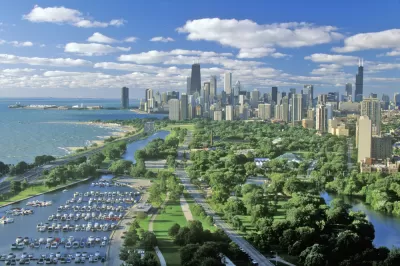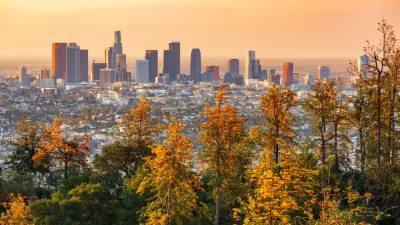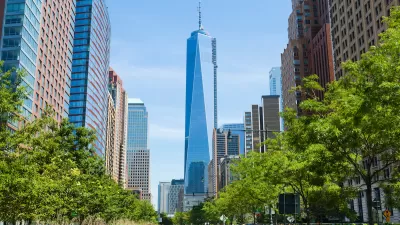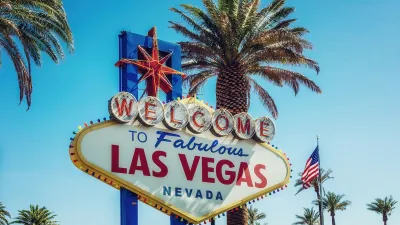As part of the Trillion Trees Initiative, cities across the country are pledging to plant trees and restore urban forests to fight climate change and cool off disadvantaged communities.

More trees are needed to improve air quality in communities that have been disproportionately affected by pollution and climate change. These communities are typically not only lacking in trees; many of them also face a variety of other challenges that adversely impact the health and well-being of residents.
Jad Daley, president and chief executive officer of American Forests, says, “It’s not just about more trees in cities. If you show me a map of tree cover in any city, you’re showing me a map of race and income levels. We see this as nothing less than a moral imperative.”
American Forests is part of the Trillion Trees Initiative, "a global push to encourage reforestation to capture carbon and slow the effects of global heating." Specifically, a coalition of U.S. cities, companies, and nonprofits has committed to planting and restoring 855 million of trees by 2030. The group recognizes that to truly address climate change, the initiative must be strategic and "reach traditionally disinvested neighborhoods and communities that need cooling, shade, and green space," writes Patrick Sisson.
Adrian Benepe, vice president and director of national programs for the Trust for Public Land, says, “There isn’t a machine invented that can suck down carbon better than trees.” New research by the Natural Areas Conservancy, a New York-based group focused on preserving and protecting urban forests, highlights just how efficient trees can be at storing carbon.
"The roughly 6 million trees in the New York City’s 7,300 acres of natural forested areas represent a quarter of the city’s tree canopy, due to their density, but they account for 69 percent of the stored carbon and 83 percent of the sequestered carbon across the city," notes Sisson.
In addition to maintaining existing urban forests in parks, cities should also focus on ways to increase dense tree canopy coverage outside of parklands. In places like New York City, finding room for new, dense forests is increasingly challenging, but there are still some opportunities. For example, the city can use areas such as abandoned railways, utility corridors, and public right-of-ways. Cities should particularly be creative in finding locations and solutions for providing more trees in under-resourced communities.
FULL STORY: Can Planting Trees Make a City More Equitable?

Study: Maui’s Plan to Convert Vacation Rentals to Long-Term Housing Could Cause Nearly $1 Billion Economic Loss
The plan would reduce visitor accommodation by 25,% resulting in 1,900 jobs lost.

North Texas Transit Leaders Tout Benefits of TOD for Growing Region
At a summit focused on transit-oriented development, policymakers discussed how North Texas’ expanded light rail system can serve as a tool for economic growth.

Why Should We Subsidize Public Transportation?
Many public transit agencies face financial stress due to rising costs, declining fare revenue, and declining subsidies. Transit advocates must provide a strong business case for increasing public transit funding.

How to Make US Trains Faster
Changes to boarding platforms and a switch to electric trains could improve U.S. passenger rail service without the added cost of high-speed rail.

Columbia’s Revitalized ‘Loop’ Is a Hub for Local Entrepreneurs
A focus on small businesses is helping a commercial corridor in Columbia, Missouri thrive.

Invasive Insect Threatens Minnesota’s Ash Forests
The Emerald Ash Borer is a rapidly spreading invasive pest threatening Minnesota’s ash trees, and homeowners are encouraged to plant diverse replacement species, avoid moving ash firewood, and monitor for signs of infestation.
Urban Design for Planners 1: Software Tools
This six-course series explores essential urban design concepts using open source software and equips planners with the tools they need to participate fully in the urban design process.
Planning for Universal Design
Learn the tools for implementing Universal Design in planning regulations.
Ascent Environmental
Borough of Carlisle
Institute for Housing and Urban Development Studies (IHS)
City of Grandview
Harvard GSD Executive Education
Toledo-Lucas County Plan Commissions
Salt Lake City
NYU Wagner Graduate School of Public Service





























